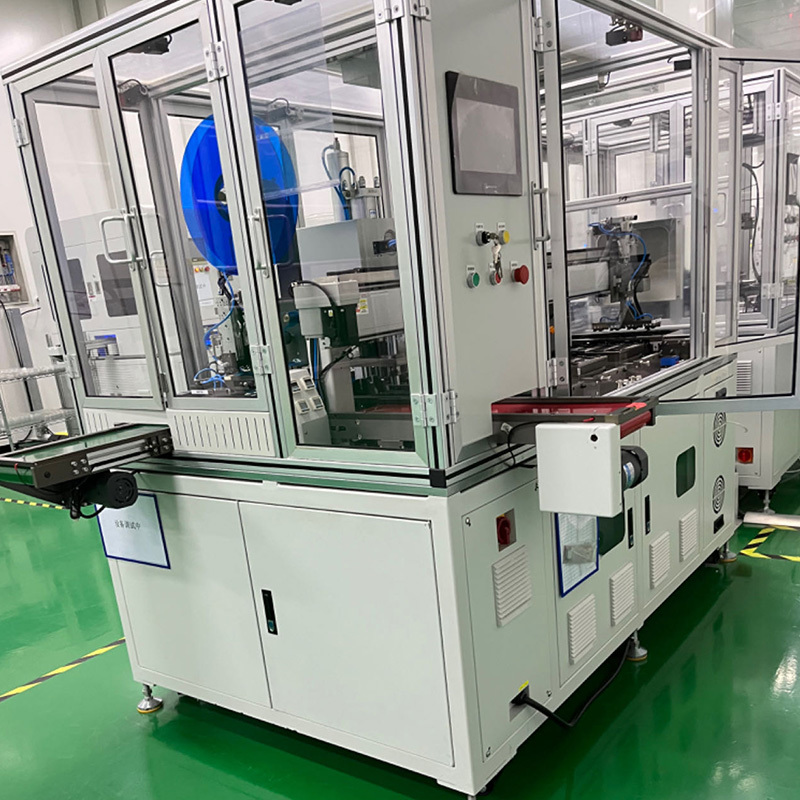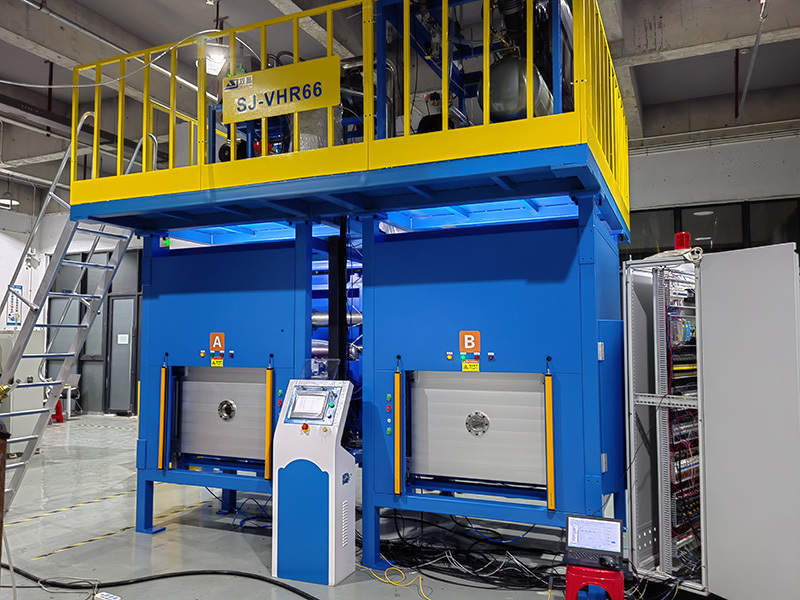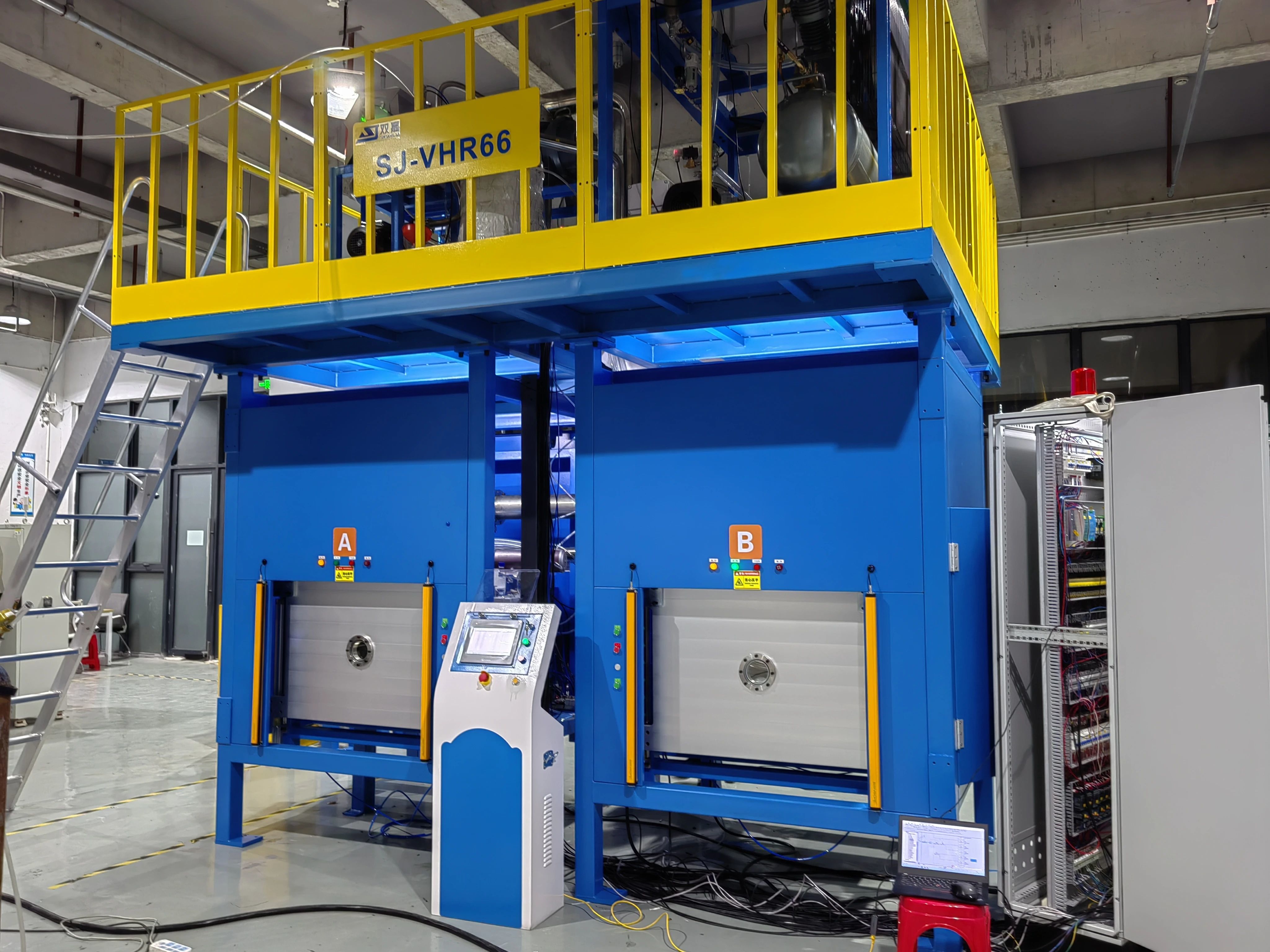Information Details
Introduction to Helium Gas and its Applications by Gas Purification Equipment Manufacturers
The element's name comes from the Greek word for "sun". In 1868, Pierre Janssen of France used a spectroscope to observe the sun's surface and discovered a new yellow spectral line, which he believed belonged to an unknown element on the sun, hence the name helium. Helium is normally a colorless, odorless gas that cannot be solidified under standard atmospheric pressure. Helium is a very inert element. Its main applications are as a protective gas, a working fluid in gas-cooled nuclear reactors, and a cryogenic refrigerant.
Release time:
2025-03-11
Introduction to Gas Purification Equipment Manufacturers and the Uses of Helium
Helium (He), atomic number 2, atomic weight 4.002602, is a colorless, odorless, tasteless, inert, monatomic gas.
The element's name comes from the Greek word for "sun". In 1868, Pierre Janssen of France used a spectroscope to observe the sun's surface and discovered a new yellow spectral line, which he believed belonged to an unknown element on the sun, hence the name helium. Helium is normally a colorless, odorless gas that cannot be solidified under standard atmospheric pressure. Helium is the least reactive element. The main applications of helium are as a protective gas, a working fluid in gas-cooled nuclear reactors, and a cryogenic refrigerant.
On February 6, 2017, Wang Huitian, Zhou Xiangfeng, and their collaborators from Nankai University in China published a paper in Nature Chemistry on the synthesis of the helium sodium compound Na2He under high pressure [1][2], ending the history of helium's lack of compounds. This marks China's advancement in the field of rare gas chemistry.
Because helium is light and non-flammable, it can be used to fill airships, balloons, thermometers, electronic tubes, diving suits, etc. It can also be used as a protective gas in nuclear reactors and accelerators, lasers, rockets, smelting and welding, and it can also be used to fill light bulbs and neon tubes, and to manufacture foam plastics.
Because helium has very low solubility in blood, it can be added to oxygen to prevent decompression sickness, as a breathing gas for divers, or to treat asthma and suffocation.
The temperature of liquid helium (-268.93 ℃) is close to absolute zero (-273 ℃), so it is used as a superfluid in superconductivity research to manufacture superconducting materials. Liquid helium is also commonly used as a coolant and refrigerant. In medicine, it is used in argon-helium knives to treat cancer. It can also be used as a component of artificial atmospheres and laser media.
Previous Page
Previous Page
Latest Blog







